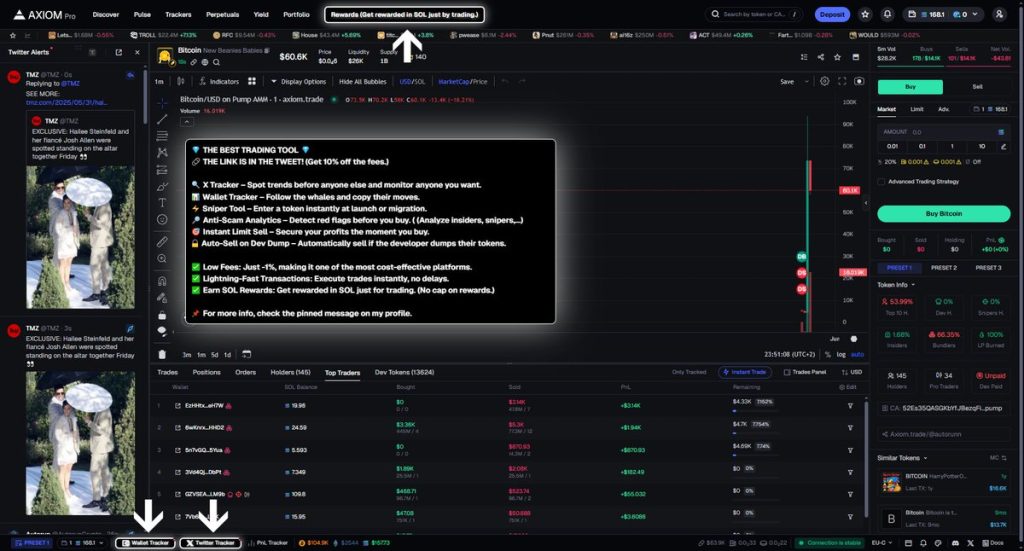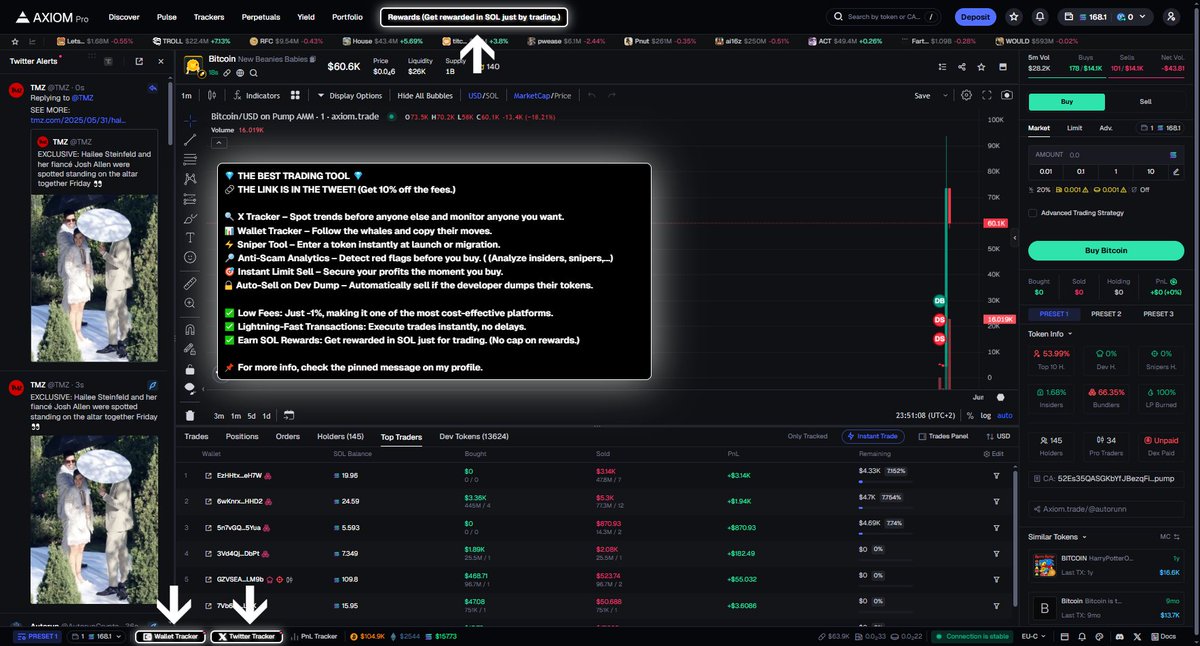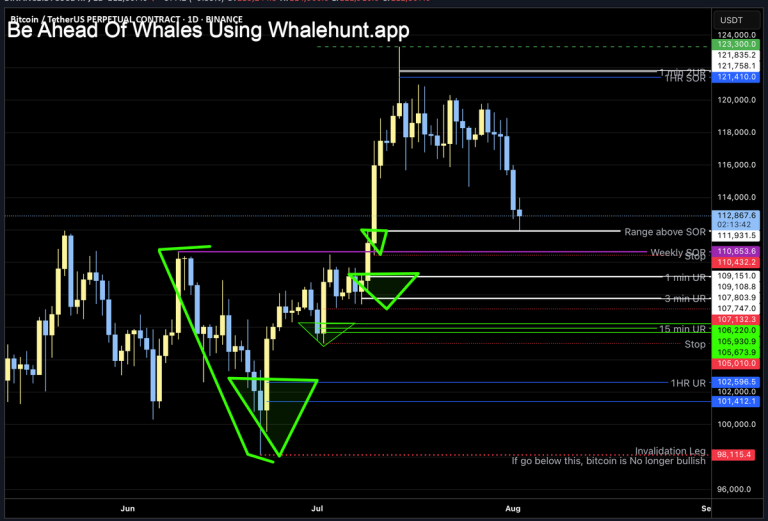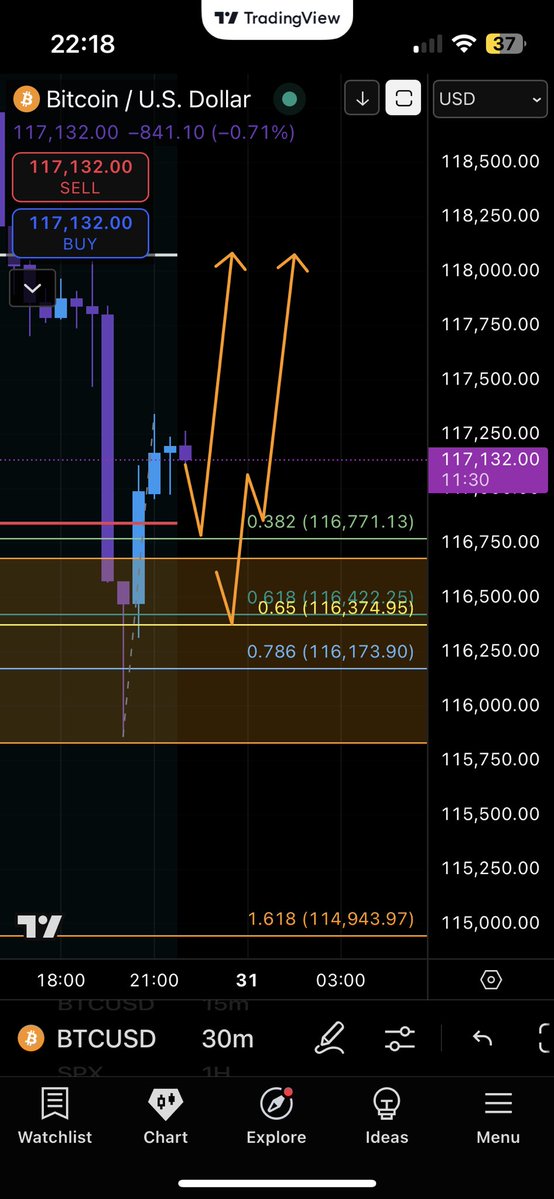
Navigating the Current Landscape of Bitcoin in Mid-2025: Trends, Analysis, and Outlook
Bitcoin’s journey in 2025 is anything but dull. From soaring price predictions to innovative technical developments and evolving market dynamics, the crypto giant continues to capture intense interest. This analysis unpacks the latest insights from leading traders, technical analysts, and market observers, weaving them into a comprehensive understanding of Bitcoin’s present state and future trajectory.
—
A Market Without Noise: Calm Before the Crypto Storm?
Interestingly, some voices in the crypto space note a current lull in major Bitcoin news, hinting at a period of quiet accumulation and strategic positioning. For example, one prominent crypto news channel remarked, “No recent news to report… Stay tuned for updates and analysis,” suggesting that traders might be focusing on internal market dynamics rather than external headlines. Such periods often precede significant price shifts, as opportunistic players prepare for the next big move.
—
Bitcoin’s Technical Evolution: The Rise of Layer 2 Solutions and Network Efficiency
Beyond just price action, Bitcoin’s ecosystem is undergoing an important technical renaissance. Layer 2 scaling solutions like the Core Lightning network and platforms such as B2Token are booming,[1] moving beyond simple trading hubs to become vital tools in enhancing Bitcoin’s scalability and usability.
– Core Lightning empowers users to set up nodes that facilitate faster and more cost-effective transactions by settling off-chain, reducing blockchain congestion.
– B2Token functions as a burgeoning ecosystem that not only serves trading purposes but also aggressively strengthens Bitcoin’s position as a scalable digital asset.
By engaging with these Layer 2 technologies, Bitcoin participants elevate their economic involvement, positioning themselves to benefit from a more efficient, liquid, and scalable network. This technological progression is crucial for Bitcoin’s long-term adoption, as it addresses one of the most persistent criticisms: transaction speed and cost.
—
Price Forecasts and Institutional Interest: Riding the Wave to $180,000–$250,000?
Perhaps the most captivating discussion surrounds Bitcoin’s price expectations for 2025. Multiple experts and firms, including VanEck and Fundstrat, have projected that Bitcoin could peak between $180,000 and $250,000 this year.[2] These predictions are primarily grounded in two factors:
For example, one analyst highlights a model where 4,000 Bitcoin weekly buys are expected over a five-week span, potentially leading to an explosive price push analogous to or exceeding Apple’s Q1 2020 earnings—an interesting economic metaphor[3].
—
Market Behavior: Smart Money, Dominance, and Altcoin Dynamics
Market observers are closely tracking “smart money” inflows—funds deployed by experienced and informed traders—revealing their current favorites. Recent analysis shows these investors heavily favor large-cap meme coins and Bitcoin, with the average market cap of coins tracked standing at around $580 million.[4]
Furthermore, Bitcoin Dominance (the percentage share of Bitcoin’s market capitalization relative to the entire cryptocurrency market) is playing a critical role. Currently, Bitcoin’s dominance hovers around the 64.30% resistance level,[5] with technical charts showing a retest of this crucial area after breaking down from a rising wedge pattern.
Implications include:
– A sustained move below the ascending channel could trigger significant altcoin outperformance.
– Conversely, maintaining dominance above this threshold may signal continued Bitcoin strength and altcoin suppression.
Traders are also monitoring weekly buy volumes and swing levels that could signify trade-worthy breakout points. For example, some recommend abstaining from entering new trades unless Bitcoin breaks above certain swing highs, ensuring momentum confirmation before engagement.[6]
—
The Nuances of Trading: Risk-Reward Ratios and AI Integration
The current environment also shows heightened sophistication in trade execution. Calculations of risk-reward ratios provide traders with clear criteria for entering positions—for example, a trade on the cryptocurrency SOL at a target of 163.77 promised a ratio of 1:7.22, meaning that risking 1% of one’s capital could potentially yield 7.22% returns.[7]
Moreover, given the often choppy and emotionally charged nature of crypto markets—especially over weekends when volatility can spike without traditional market hours—automated AI-driven trading strategies are gaining traction. Analysts encourage using AI tools to avoid emotional decision-making and blind trading, which can lead to liquidation losses in volatile conditions.[8]
—
Cycle Analysis: The H-Clock Perspective
An intriguing tool gaining attention is the Bitcoin H-Clock analysis, offering a new lens on Bitcoin’s market cycles using block-interval-based time measures. This method maps out “peak” and “low” points approximately every 60 days (denoted as one “h-hour”), with a defined “danger zone” extending about 375 days encompassing volatile periods.[9]
This form of cycle analysis allows traders to align their strategies with Bitcoin’s intrinsic rhythm, anticipating major swings rather than reacting to market noise. It is a vivid reminder that Bitcoin’s price journey is not random but follows discernible patterns tied to its blockchain architecture.
—
Conclusions: Bitcoin’s Multifaceted Ascent in 2025
Bitcoin in 2025 is not just about price speculation; it is a rich tapestry woven from technical innovation, evolving market structures, and deepening institutional engagement. The interplay between Layer 2 enhancements, market positioning by smart money, and sophisticated trade strategies signal a maturing ecosystem.
The projected price surge toward $180,000–$250,000 remains both a beacon and a challenge—it speaks to Bitcoin’s growing acceptance and the realization of its store-of-value narrative but also demands that investors and traders adopt nuanced, informed approaches.
Navigating this landscape successfully means embracing technological developments (like Lightning Network nodes), following advanced market analytics (such as dominance and risk-reward models), and leveraging emerging tools like AI for informed, emotion-free decision-making.
Bitcoin’s future in 2025 is not solely about reaching new price heights; it’s equally about building the infrastructure and market maturity that will sustain these highs and open pathways for wider crypto adoption.
—
Sources
[1]: https://twitter.com/BTC2Analysis/status/1664110957680080385
[2]: https://twitter.com/EnifexCom/status/1664140094959557122
[3]: https://twitter.com/RothenbergBrian/status/1664130483156056320
[4]: https://twitter.com/Mladek_sol/status/1664140861774088192
[5]: https://twitter.com/lucyGold_001/status/1664132004426722304
[6]: https://twitter.com/FTselayakgothu/status/1664133349335645442
[7]: https://twitter.com/DerinCancar/status/1664141030084491270
[8]: https://twitter.com/ScorehoodAI/status/1664156612814911489
[9]: https://twitter.com/LeomathHeart/status/1664131763813740546
—
By synthesizing these trends and insights, stakeholders in the Bitcoin ecosystem can better position themselves to utilize this dynamic digital asset not just as speculative capital, but as a transformative element of the financial frontier.








